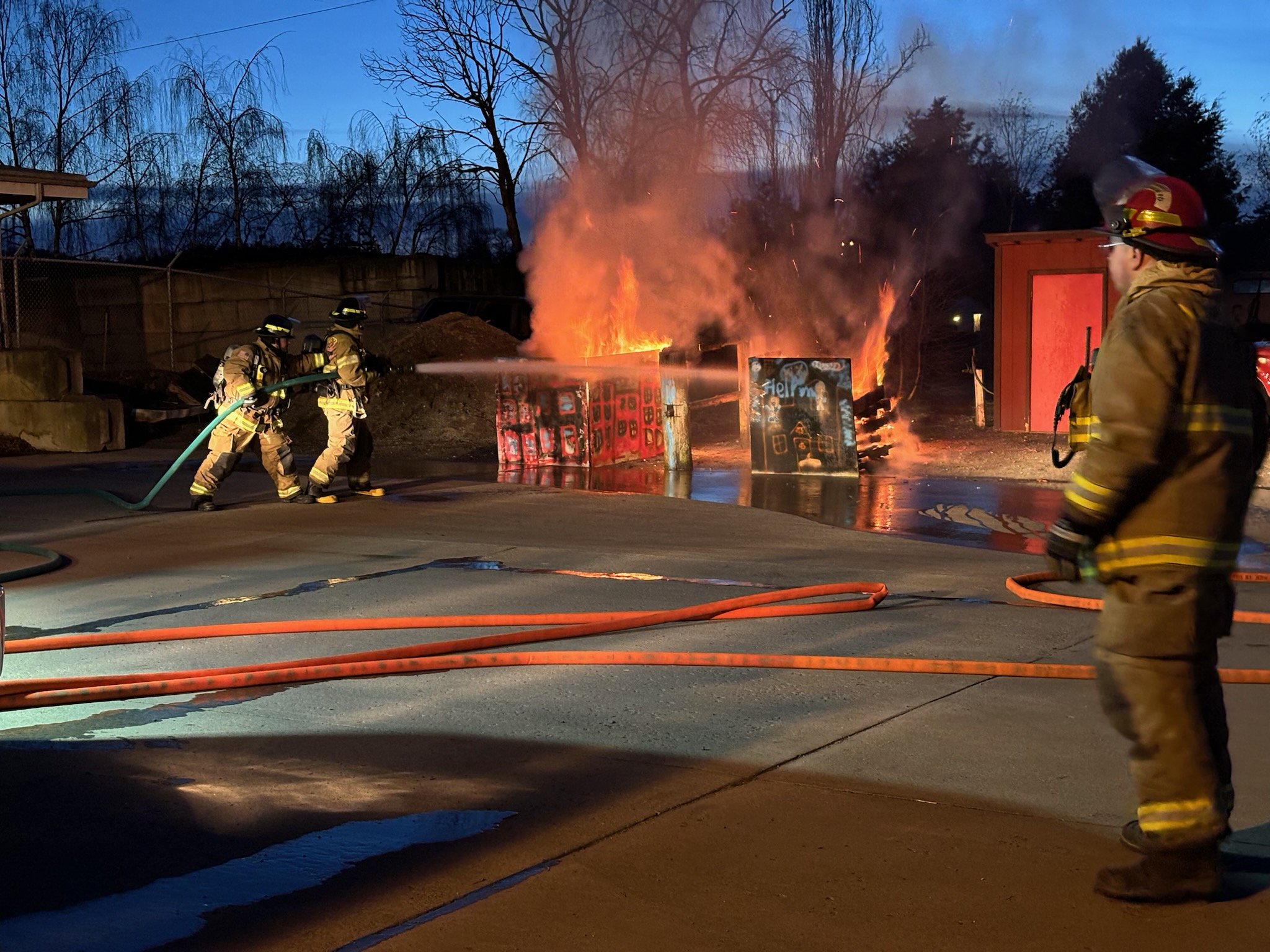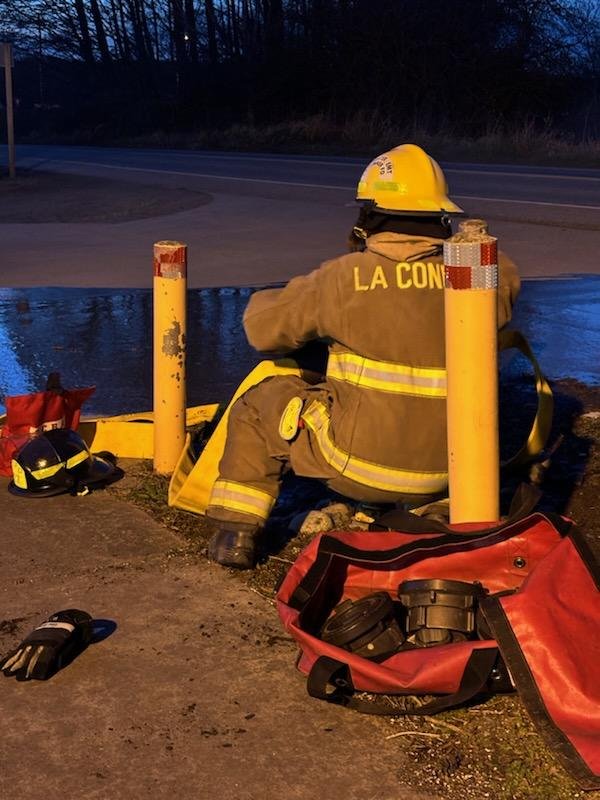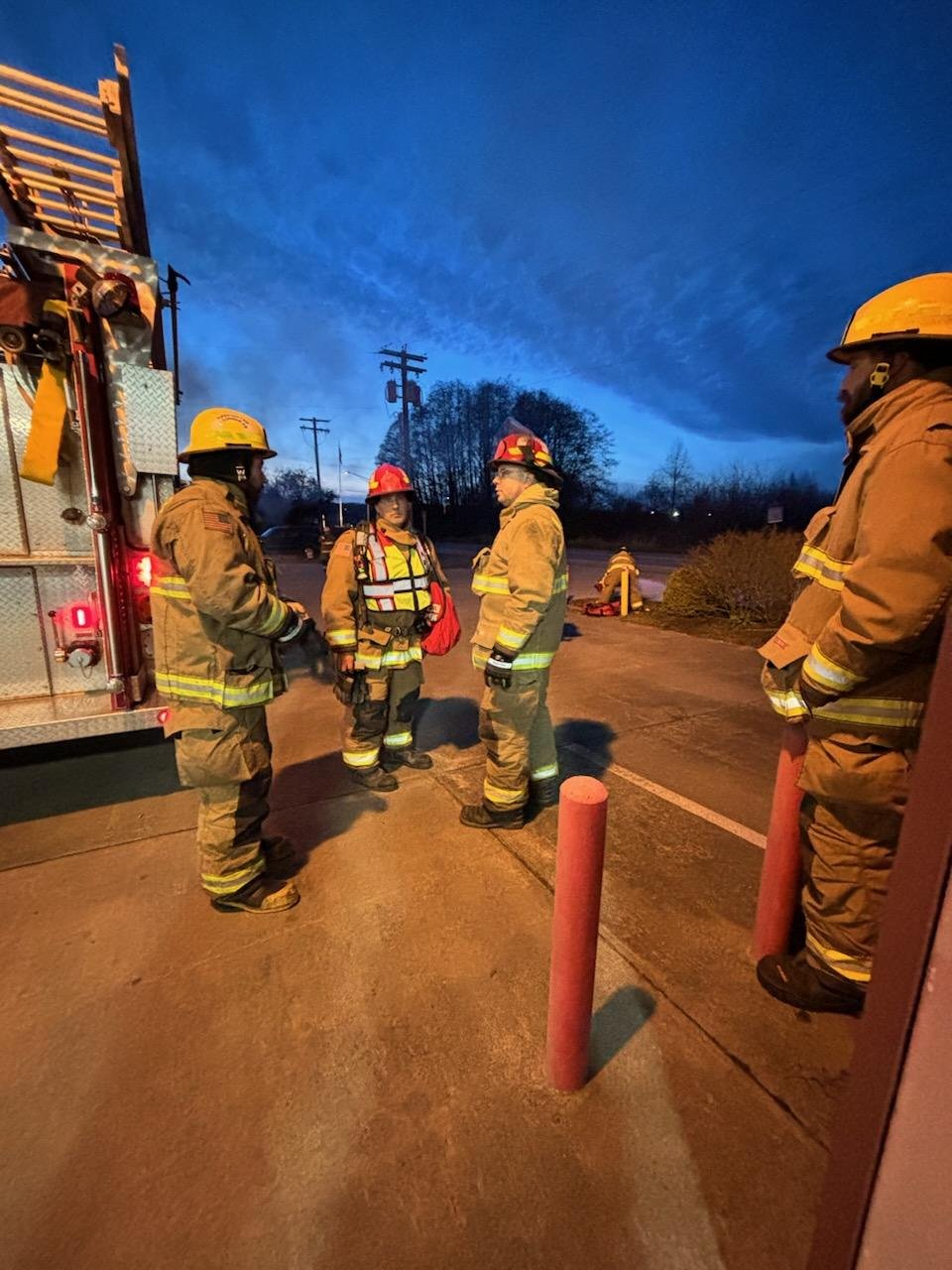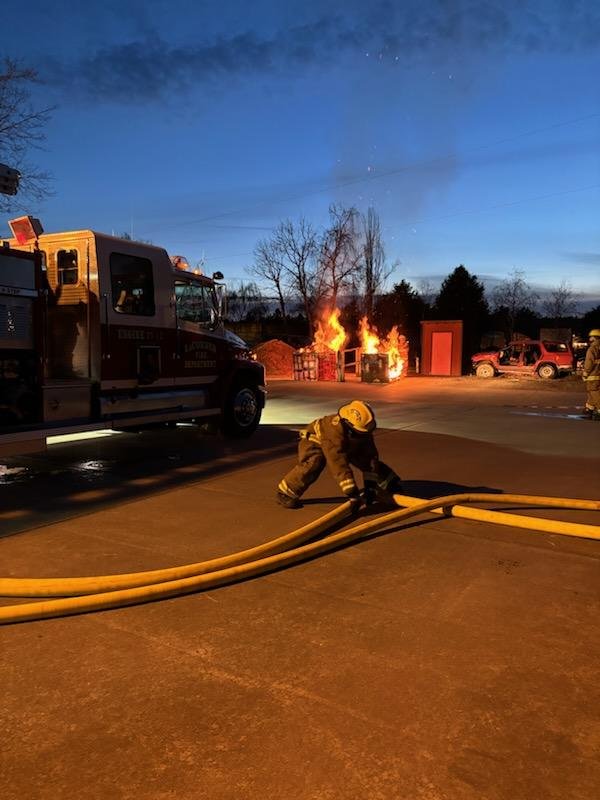
Knot tying is a simple skill, but without practice, it can become a liability. A secure rope and knot can lower a person from a burning house or transfer and raise an ax or other essential equipment to a firefighter in a short amount of time.
Knot Training
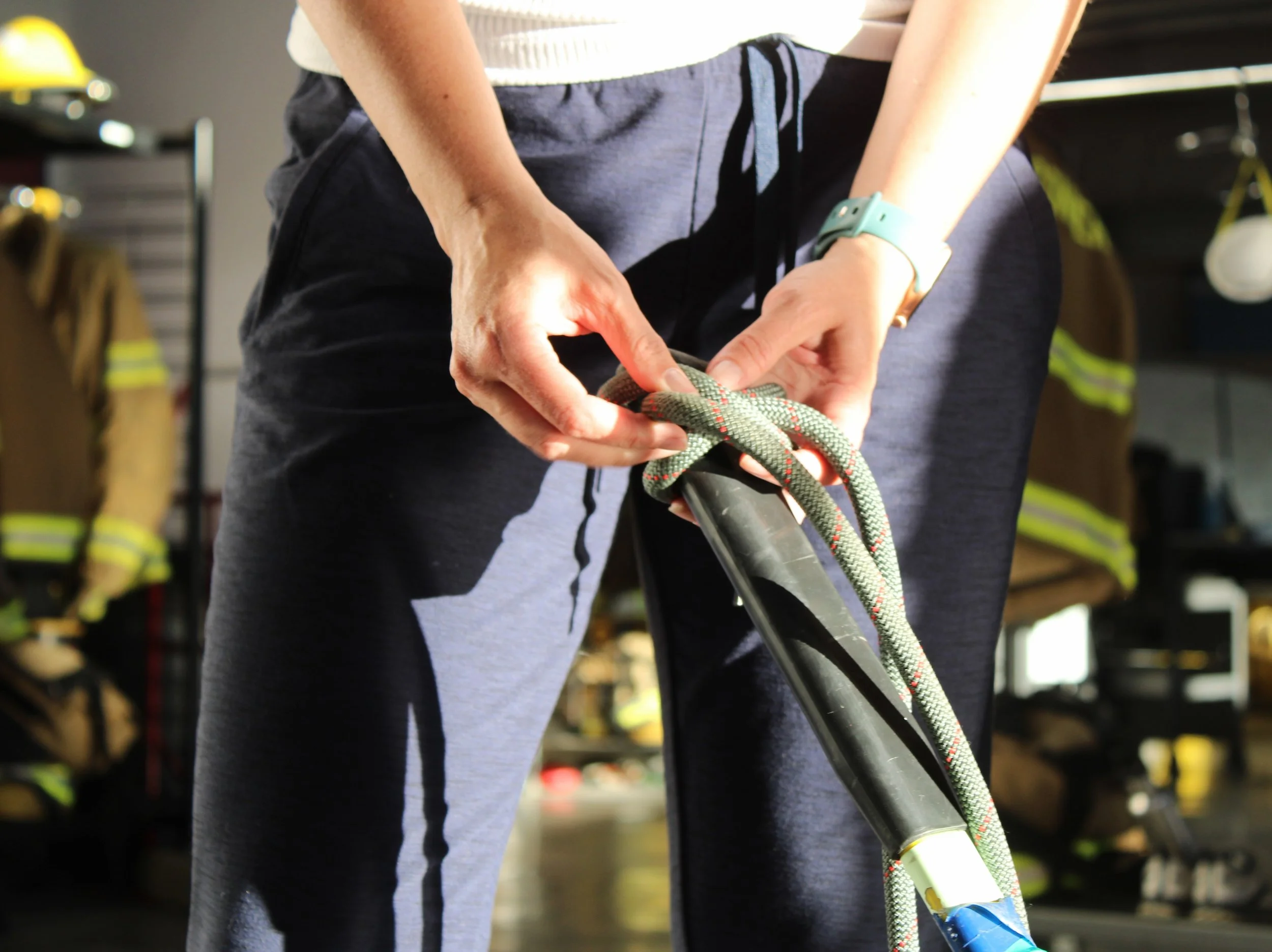
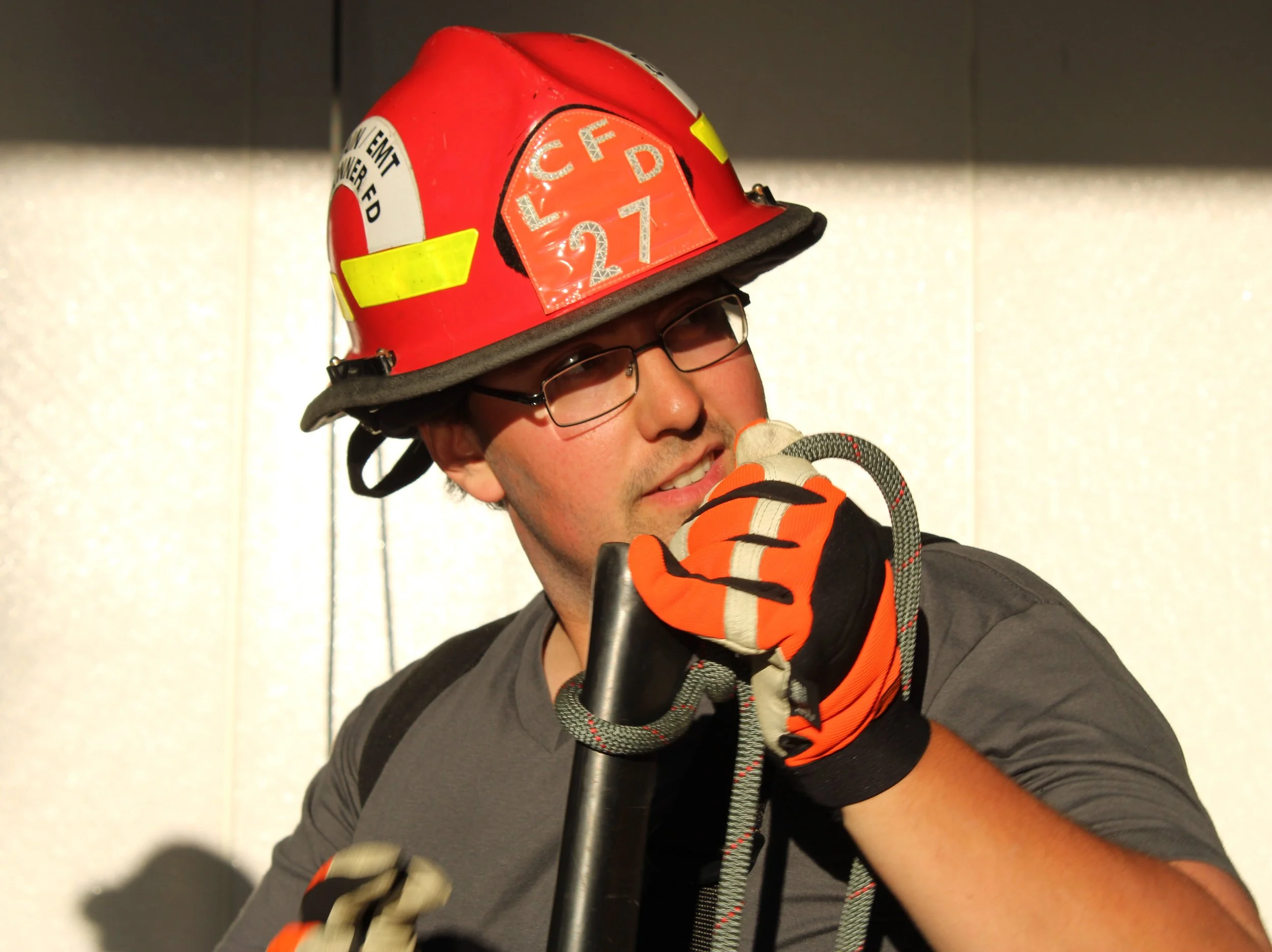

Develop New Skills
After your acceptance as a volunteer firefighter, you will receive all the necessary First Responder training to help those in need. Over time, you will develop a sense of pride and confidence in your new skills, meet like-minded individuals, and become part of a well-respected team.
-
Although helpful, we do not require prior experience needed in the emergency services.
-
We provide essential hands-on fire and rescue training that supports ongoing professional development. Training takes place at (but not limited to) the firehall classroom, on-site training, and post-event training.
-
The La Conner Volunteer Firefighters use a peer-to-peer training system and collaborates with other community and professional educational offerings. Trainings take place on Wednesday evenings at 7:00 p.m.
See our most recent volunteer firefighter trainings below.
Fire Hydrant Training
Whether stretching to or from it, knowing how to connect the fire engine to a hydrant for continuous water supply is essential for a firefighter's success. Watch our peer-to-peer summer trainings session below to view how our team learns to attach the fire truck's hose fitting to a live hydrant.
LCFD Weekly
Trainings
🚒🚑The La Conner Fire Department is dedicated to weekly education and training. Pictured here is a training fire control of two oversized wooden boxes situated close together and lit one after the other to simulate two houses that are built within a few feet of each other, or historical buildings that share walls.
Using lines connected to the city’s fire hydrant, the firefighters must maneuver heavy hoses filled with water and move them into position for the best possible water flow.
The purpose of controlled burning training is to equip first responders and firefighters with the knowledge and skills to effectively and to efficiently douse spreading flames on structures that are close together situations, potentially minimizing property damage.
Photo credit by Riley Banaszak
